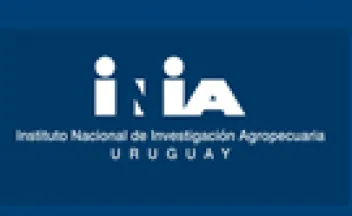Diseases of the nervous system of equids in Brazil: a review. [Review].

ABSTRACT.- In Brazil, CNS diseases in equids were little known until the 1980s. Since then, several diagnostic laboratories have been operating in different universities, initially in the South and Southeast regions and, later, in the Central-West, Northeast and North regions. However, the knowledge accumulated from the diagnoses of nervous system diseases of equids made at these institutions over the years has not been reviewed comprehensively, and many papers are published in Portuguese.

